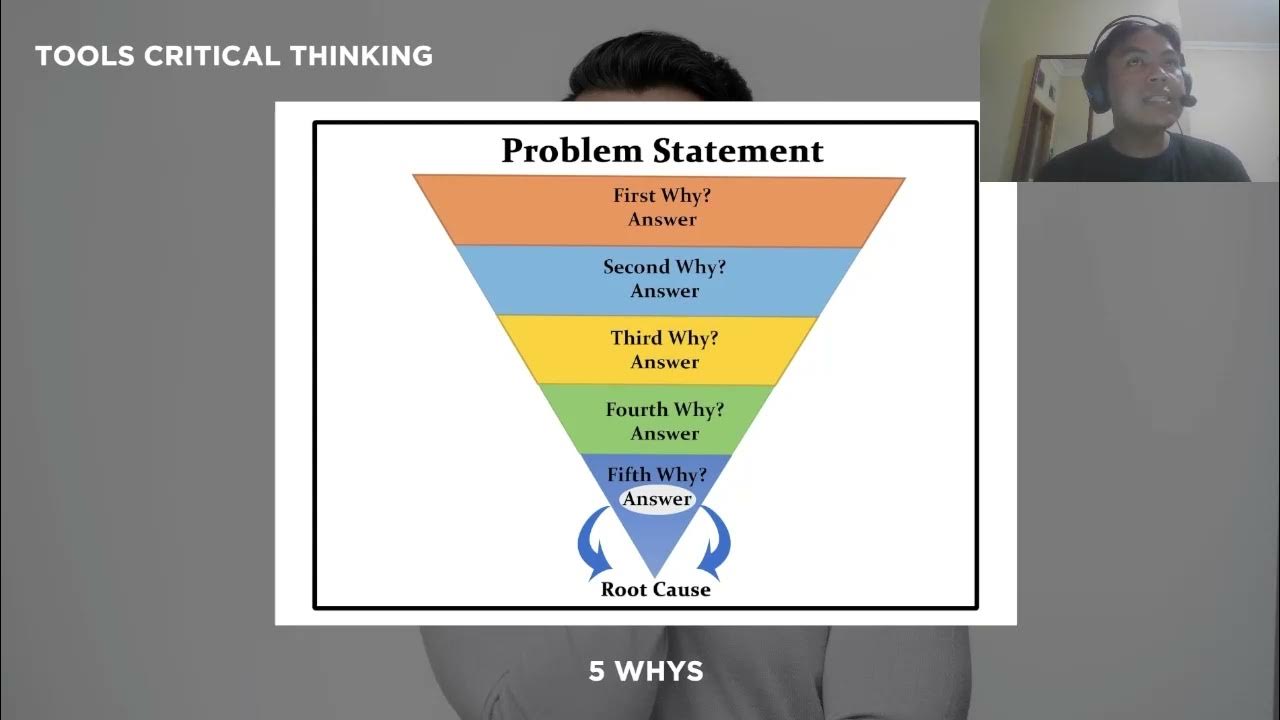Materi Anekdot Kelas 10 SMA
Summary
TLDRThis video script explores the concept of anecdotes, defining them as humorous stories with a critical undertone. It uses a relatable example of students discussing their politics professor, who avoids standing due to his official position, to illustrate the point. The script explains that anecdotes are a polite way to express criticism, often involving important figures and using animal-human relationships for effect. It outlines the structure of anecdotes, including abstraction, orientation, crisis, reaction, and code, and discusses the linguistic features such as past tense, temporal conjunctions, material verbs, chronological order, and rhetorical questions. The script emphasizes anecdotes' utility in modern society for delivering pointed criticism wrapped in humor.
Takeaways
- 😀 An anekdot is a humorous story that often contains a critique or commentary on a particular subject.
- 🎓 The video discusses the difference between humor and anekdot, highlighting that an anekdot is a form of humor with a critical edge.
- 👥 The script shares a story of two students discussing their political science teacher, who is also a government official, to illustrate the concept of an anekdot.
- 📚 Anekdots are described as being based on personal experiences or fictional creations, designed to deliver a critique wrapped in humor.
- 🤝 They are meant to be received positively because humor is generally more palatable to society.
- 🏷️ Key characteristics of an anekdot include being humorous, entertaining, critical, similar to fables, having a specific purpose, and often involving a connection between animals and humans.
- 📖 The structure of an anekdot involves an abstract, orientation, crisis, reaction, and code, which represents the ending or resolution.
- 🗣️ Language techniques used in anekdots include past tense narration, temporal conjunctions, material verbs, chronological order, and rhetorical questions.
- ✍️ The script emphasizes the educational aspect of anekdots, suggesting they are useful for expressing criticism in a polite and indirect manner.
- 📈 Anekdots have been part of Indonesian language education since the 2013 curriculum, indicating their importance in contemporary society for critique and commentary.
Q & A
What is the main topic discussed in the video?
-The main topic discussed in the video is the concept and characteristics of an anecodote, specifically how it differs from general humor and its role in conveying criticism or opinions in a humorous and polite manner.
What is the difference between humor and an anecodote as explained in the video?
-While humor can be a simple joke, an anecodote is a humorous story that also contains criticism about something, often based on personal experience or a fictional reimagining.
What are the key features of an anecodote according to the video?
-The key features of an anecodote include being humorous, entertaining, containing criticism, involving important figures, being similar to fables, having a specific purpose, and including a connection between animals and humans.
How does the video describe the structure of an anecodote?
-The structure of an anecodote includes abstraction, orientation, crisis, reaction, and code. Abstraction serves as the introduction, orientation provides the background, crisis is the core of the humor or unique problem, reaction is the response to the crisis, and code is the ending or resolution.
What is the purpose of using the past tense in anecodotes as mentioned in the video?
-Anecodotes use the past tense to indicate that the story happened in the past, adding a sense of nostalgia or historical context to the humor.
Why are animals often included in anecodotes?
-Animals are included in anecodotes to add an element of humor and to make a point in a more indirect and entertaining way, such as the story about the donkey that can read books.
What is the significance of the 'crisis' in the structure of an anecodote?
-The 'crisis' in an anecodote is significant because it represents the core of the story, where the humor or the unique problem that needs to be addressed is presented.
How does the video suggest anecodotes can be used in modern society?
-Anecodotes can be used in modern society to critique or comment on current issues in a way that is both humorous and acceptable to the audience, making the criticism more palatable.
What is the role of rhetorical questions in anecodotes?
-Rhetorical questions in anecodotes do not require an answer; they are used to emphasize a point or to make a statement more impactful.
Why are fables and anecodotes similar according to the video?
-Fables and anecodotes are similar because they both use fictional stories to convey a moral or a lesson, often involving animals or important figures to make the point more engaging.
How does the video explain the use of time in anecodotes?
-The video explains that anecodotes use a chronological order of events, starting from the introduction (abstraction) and moving through to the conclusion (code), which helps in maintaining a clear narrative flow.
Outlines

This section is available to paid users only. Please upgrade to access this part.
Upgrade NowMindmap

This section is available to paid users only. Please upgrade to access this part.
Upgrade NowKeywords

This section is available to paid users only. Please upgrade to access this part.
Upgrade NowHighlights

This section is available to paid users only. Please upgrade to access this part.
Upgrade NowTranscripts

This section is available to paid users only. Please upgrade to access this part.
Upgrade NowBrowse More Related Video

TEKS ANEKDOT (PENGERTIAN, FUNGSI, STRUKTUR)

(Video Ruangguru)- ruangbelajar -Indonesia SMA X - Pengertian Teks Anekdot | bimbel online

Ep. 2 | Kacamata Kritis: Melihat Lebih Dalam

Grandparents, Baby Names and Fans | Kannada Standup Comedy | Gowtham Shravan Kumar

Unit 4 Pre-AKM

Prepositional phrases | The parts of speech | Grammar | Khan Academy
5.0 / 5 (0 votes)